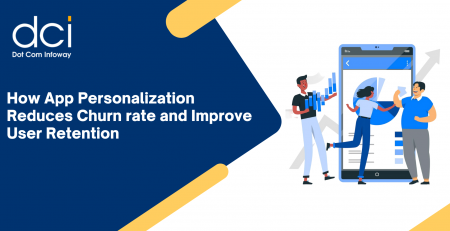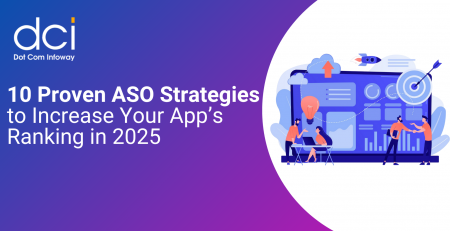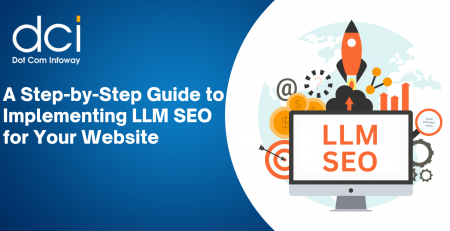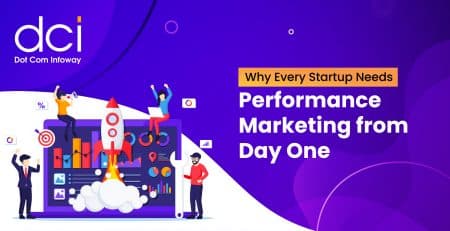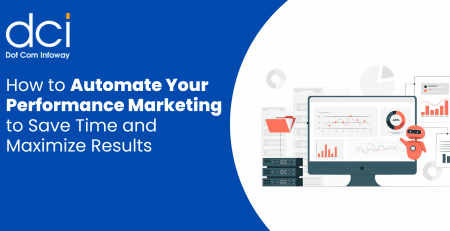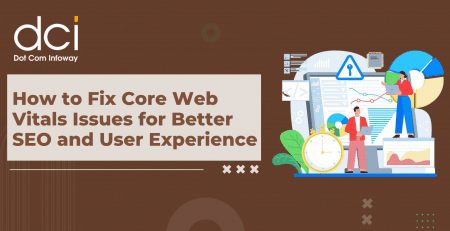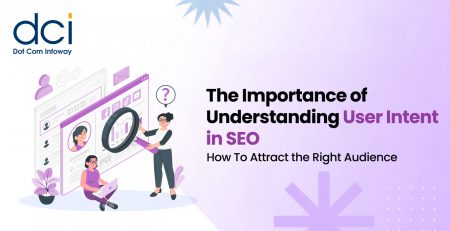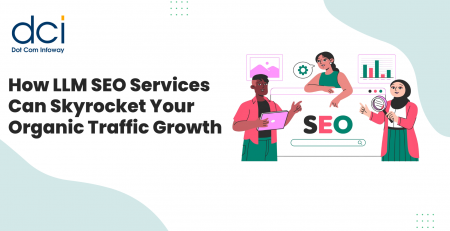What is PPC? Learn the Basics & Advanced Skills to Successful PPC Campaign
Want immediate traffic from search engines? Do you have a marketing budget? Then PPC might be the best option for you.
What is PPC and how does it work?
PPC stands for “Pay-Per Click”
While doing a search on Google or Bing, you must have seen text ads marked with green “Ad” label in the search results that are the same color as the display URL. You may have also seen “AdSense” ad boxes on various websites, especially news and other content-based websites.
These are PPC ad campaigns.
Normally when you use a search engine to find something, most of the search results are “organic” – the search crawlers crawl these links and add them to its database (unless you have used robots.txt to block the crawlers). After crawling, it’s then up to the ranking algorithm of the search engine how it shows your links. It may index your links or not. And even if it indexes, maybe it will decide to showcase your link on 20th or 40th page.
The best option for you is to advertise on search engines. Advertising on search engines is more effective because your ad doesn’t just pop up in front of people. They come across your ad when they actually search for something they need.
For every click, you need to pay the search engine.
Take for example Google: when Google displays those promotional links and when you click one of the links, the advertiser has to pay for that click.
Since, whenever someone clicks those advertisements, the advertiser pays, assuming you are paying one dollar for every click, if 100 people click your link in a day, you will be paying Google $ 100 for those 100 clicks.
There are many platforms that offer you PPC advertising. You can participate in PPC campaigns on LinkedIn, Facebook, Twitter, and Instagram, for example, aside from Google and Bing.
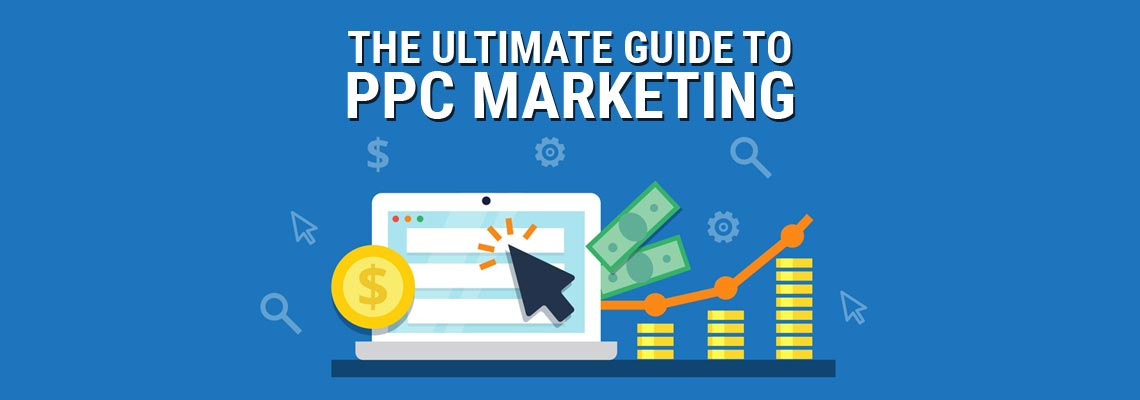
Main PPC Platforms
The main PPC platforms are Google AdWords and Bing Ads.
Both allow you to run your ads on their vast ad networks. What are ad networks?
It is not a necessity that you advertise just on the Google search engine and the Bing search engine, although, most of the PPC action happens on the search engines. These companies also allow content publishers to publish ads for generating revenue. This is why you see AdSense ads on many content websites.
AdSense is used by Google to allow digital marketing agencies promote their products and services on other websites. For example, you can have your ad featured on Huffington Post or New York Times if they publish AdSense ads. When people click on ads on these publications, although the advertiser pays Google, some part of the revenue also goes to these publications as an incentive.
Getting started with Google AdWords
Google AdWords is one of the most preferred PPC platforms, and also the first. It was started in 2000.
There are two important steps before you can start using the Google AdWords PPC campaign
1. Create your AdWords account
2. Set up an AdWords budget
The second point is very crucial. You don’t want to overspend. For example, if you want to spend $ 5000 every day, you can set your daily budget so that Google can automatically pause your campaign once you have spent $ 5000 for the day.
When you’re setting up your individual PPC ad campaign, you will need to specify how much you are ready to pay per click, and then accordingly Google will show your ad. As we will explain later, there is a bidding system that decides how much you’re going to pay for your ad placement at a preferred location.
The Fundamentals of Google AdWords
An AdWords campaign has three main components:
1. Keywords
2. Ad copy
3. Landing page
Let’s quickly understand them.
1. Keywords
As soon as you say “Google” or even “search engine” what comes to your mind immediately? Keywords, of course.
Keywords are the search terms that people use to be able to find the link to your website. While people are searching Google for certain keywords, you want your PPC campaign ad to show up when people use those keywords.
For example, you want your ad to be displayed when someone searches for “local digital marketing agency”. So, this is going to be your keyword.
There can be many variations. Maybe someone searches for “digital marketing agency in Brooklyn” and you want your ad to appear for this. So, you can also use this keyword or search term in the list of keywords for which your ad should show up.
You can also instruct AdWords to avoid negative keywords. Suppose, although you would like to get traffic for “digital marketing”, perhaps you don’t want to get traffic for “learning digital marketing” because you want to attract clients and not people who are learning about digital marketing. So, you can add “learning” as a negative keyword so you don’t spend money on clicks that are not prospective business leads.
The more keywords you select, the more times your ad will show up. It depends on your budget and targeting needs what sort of keywords you eventually end up with before activating your campaign.
2. Ad copy
The Google AdWords ad copy has three components:
2.1 Heading
The title of your ad copy is very important. It is going to draw people to your ad and encourage them to click your link.
2.2 Description
The proceeding two lines can be used to explain further why it makes sense to click your ad and check out your landing page. It can be used to further convince people that yours is the right ad to click.
2.3 Display URL
The display URL is a link to your landing page. The actual link and the hyperlink text that appears in the ad can differ, but you need to take care of Google’s ad policies to see what sort of hyperlink text you can use.
You can create the following campaigns/ads:
- Search network – your ad will show up on google.com as well as other search partners.
- Display network – as explained above, publishers using AdSense will also be able to publish your ads.
- Search network with display opt-in – different platforms will be used to publish your ads depending on where Google thinks it is most appropriate to publish them.
3. Landing page
Ideally, every PPC campaign should have its own dedicated landing page. A landing page is vertically targeted. The purpose of a landing page should be very narrow. It should completely tally with your PPC campaign; this means, your landing page should offer exactly what is being offered through your Google AdWords campaign, otherwise you will be simply wasting money.
Designing and coming up with a high-conversion landing page is as equally important as running your PPC campaign. The entire success of your PPC campaign depends on your landing page.
Other important AdWords elements that can help you improve your PPC campaigns
There can be many factors that help you improve the effectiveness of your individual AdWords campaigns. What do we mean by effectiveness?
- Better targeting
- Better conversion rate
- Lower PPC
These can be achieved through..
1. Quality score
Google uses the quality score to rate your ad quality. Your quality score may depend on many factors such as
- CTR (click-through rate)
- The relevance of your keywords
- The performance of your landing page
- The relevance of your ad text
- Your historical AdWords account performance
Google wants your AdWords ad to perform better. But it also doesn’t want to kill the goose that gives the golden egg, you. A better performance means more people clicking your ad, but it may also mean more expense to you.
So, how does Google compensate and encourages you to improve your ad quality? The better is your quality score, the lower is your PPC cost.
2. Targeting
Do you really want everyone to click your ad and force you to shell out more money even when these people might not be interested in doing business with you? It is better to get fewer people and sell more than getting lots of people and sell less.
Targeting can help you. For example, you want to target people in only USA, France, Great Britain and Australia (due to whatever reason). Through your AdWords setting, you can do that.
Do you think that only mobile users will be interested in doing business with you? Then why show your ads on desktops/laptops and tablets? You can instruct the AdWords dashboard to show your ads only on mobile phones.
Don’t want to run your ads 24 x 7? Maybe your target audience is active only between 12 PM and 8 PM? So why not restrict your ads to this specific period for specific regions? AdWords allows you to do that.
There are many more targeting options once you actively start using AdWords for your PPC campaigns.
3. Retargeting
Retargeting means displaying your ads based on the browsing behavior of your target customer. Suppose someone visits your digital marketing website but then leaves without doing anything. You can retarget this person by displaying your ad to him or her on the ad display network partner he or she is currently accessing.
For example, if you have opted for publishing your ad on New York Times and if this person happens to be reading one of its news items, the ad from your company will be shown to him or her.
4. Bidding strategy
You can either allow Google to decide how you should bid for individual keywords, or you can decide manually for every keyword to formulate the best bidding strategy for your needs and budget.
What exactly does bidding mean in the context of Google AdWords?
Just as there are multiple search results on a single search results page, there can be multiple AdWords ad on a single page (on the first page of Google, for example). So, automatically, the AdWords ad that appears at the top on the first page has a higher bidding compared to the second ad appearing on the first page. The second ad has a higher bidding compared to the third ad on the first page, and so on. Then, your ad can also appear at the top on the second page. Where your ad is placed depends on how much you are ready to pay per click – how much you are bidding.
It is called bidding because if you are ready to pay $ 2.5 for the top position on the first page, another advertiser may be ready to pay $ 2.6 for the same position, and Google then will move your ad to the second position. Then again, if you paid $ 2.7 for that position, Google will again move your ad at the top. And this bidding process goes on.
Your bidding strategy can be based on
- Manual CPC – this allows you to decide how much per click you want to pay for individual keywords.
- Automatic CPC – you allow Google to adjust your bid for best placement.
- Enhanced CPC – Google can move your bid up or down by 30% depending on how much your competitors are bidding. It doesn’t always mean more cost. Depending on the performance of your ad, Google may even improve your position while lowering your PPC cost.
- Conversion-based bidding – how much you pay per click depends on your conversion performance.
- CPM bidding – cost per thousand impressions. Instead of paying for every click, you pay for every thousand impressions.
There are many more bidding options you can try out before deciding what works the best for you.
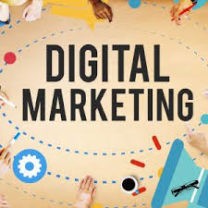
The Ultimate Guide to Digital Marketing
How should a business create an effective digital marketing strategy to build a strong online presence? Our step-by-step guide will help you understand the digital marketing landscape, and provide you various marketing strategies to maximize your efforts.
Measuring your success
What are the key metrics to measure the success of your AdWords campaigns? Actually, they differ from business to business.
In general, your AdWords campaign success depends on the following metrics (most of them are already discussed above)
- Your quality score
- Click through rate of individual campaigns
- Conversion rate
- Cost per conversion – this is different from cost per click. If you are spending two dollars per click and you make a sale after every 20 clicks, your conversion cost is $ 40.
PPC campaign management tools
Although there are not many PPC campaign management tools because most of the activities involve commonsense and a better understanding of your business and your audience, you need some sort of tools to manage the bulk of information and data. For example, many businesses manage hundreds of keywords and scores of campaigns.
1. Keyword Planner
Google AdWords has an inbuilt keyword planner that suggests what keywords you can bid on for your particular need. For the AdWords tool to be able to generate suggestions, you need to supply it with some base keywords or the URL to your website. With the information you give to it, it generates suggestions.
Once you have supplied the AdWords keyword tool with your base keyword or the URL to your homepage, Google uses its massive database of related search terms and gives you a list of keywords and search terms you can bid on. You can decide to bid on all the suggestions made by Google, or you can make your own list with the help of the list generated by the keyword tool.
2. Display Planner
How will your AdWords ads look and how they may perform on various network partners, can be viewed using the Display Planner.
Display Planner is a visual tool. Once you are in the Display Planner section you can enter your main keyword and it shows what people generally do with these keywords. For example, if you enter “digital marketing” it may show you on which websites (ad networks) this keyword may perform better, which other combinations people are using for this keyword and how many people among different genders have used these keywords, and so on. Basically, Display Planner allows you to customize your different campaigns according to the ad network you are trying to target.
Technical aspects of using your PPC performance
Eventually, it all boils down to analytics and numbers. Without analytics and numbers, it is very difficult to give a concrete shape to your performance. You can employ many tools to quantify your AdWords PPC campaign performance. Some of the tools and techniques are mentioned below.
1. Conversion Tracking
To be able to track conversions, you first have to properly define a conversion. Different AdWords campaigns may have different conversion needs. You may have an AdWords campaign to make people download your e-book or white paper. Another AdWords campaign might be to encourage people to fill up your contact form for further details. Or you simply want them to buy something straight away or subscribe to your service. Whatever is the need: if your campaign a satisfying that need, that is conversion.
You can have different conversions for your landing page, mobile and tablet app, phone calls and contact forms. Once you start building and tracking your campaigns, you will be able to monitor conversion performances individually for different campaigns, different landing pages, and different ad networks.
2. Google Analytics
This is a free tool provided by Google. Google Analytics is normally used to track the performance of your website – what sort of traffic it is generating, where the traffic comes from, which are the better performing landing pages, and so on.
You can connect your AdWords account with your Google Analytics account and henceforth, you can track the performance of individual AdWords campaign links through your Google Analytics dashboard.
3. Google Merchant Account
Google Merchant Center is a place where you can showcase your e-commerce products. You must have seen that if you search for “online flowers”, at the top you get a listing of various flower buying options just like in a typical shopping cart, on the Google search results page itself.
Just like with Google Analytics, you can connect your Google Merchant Center account with your Google AdWords campaign IDs to get real data on how your individual campaigns are performing.
Key to success
Just as in any digital marketing campaign, eventually it is the experience that counts. PPC advertising involves cost and effort and hence, the more knowledge you have, the more insight and experience you have, the better is going to be your judgment and more money you will be able to save.
The trick in PPC campaign management is to maximize your clicks and minimize your cost, and while maintaining this delicate balance, improving your conversion rate as much as possible.
With a couple of keywords to manage, this may not seem like a big problem, but if you have scores of keywords spanning across multiple campaigns – an average business may have more than 200 keywords spread across 10-15 campaigns – you need a concerted effort and an experienced PPC management team to oversee your PPC ad performance.


